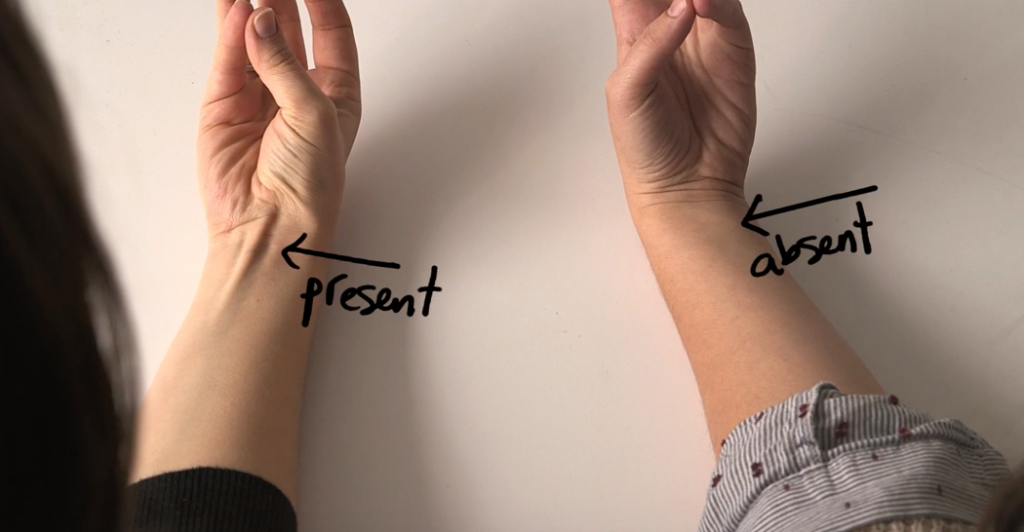
Over the past 200,000, human beings underwent processes such as, adaptation, evolution, and natural selection and other tiny changes which led to the current form. Even though, our ancestors looked similar in appearance, many physical and anatomical things are different these days. The vestigial structures scattered throughout our bodies proves this.
What are vestigial structures?
According to Wikipedia, vestigial structures are “genetically determined structures or attributes that have apparently lost most or all of their ancestral function in a given species, but having been retained during the process of evolution. Mother nature shapes our bodies through time by fading out certain things that are no longer necessary for the survival of a species going forward, while certain body parts and functions stay. Some of them can’t harm us, while those that do, such as wisdom teeth or an appendix, can be easily dealt with and safely removed.
Examples of vestigial structures include the appendix, goose bumps, wisdom teeth, tonsils, male nipples, and the outer ear. We don’t need these body parts anymore, but they played an important role in our ancestors’ lives. The video below explains the above mentioned facts in details.
Do you want to see how you may have evolved?
Lay your arm on a flat surface so that the underside and the palm of your hand face up. Touch and press together your pinky finger and thumb and then raise your hand up at the wrist just a little bit, as shown in the video. If there is a raised band in the middle of your wrist, you have a vestigial muscle in your forearm called the palmris longus. The ridge you see is a tendon that connects to it. This muscle is either absent from both arms, or missing from one arm, as in approximately 10-15% of the population. Don’t worry if you don’t have it – it’s essentially useless! Studies have shown that it has absolutely no effect at all on a person’s grip or pinch strength.
Check out the video for more neat and interesting facts on how us humans have evolved over time.
Source: My Ilife Style
 We are sharing information for knowledge. Presented by. SocialDiary.Net
We are sharing information for knowledge. Presented by. SocialDiary.Net



